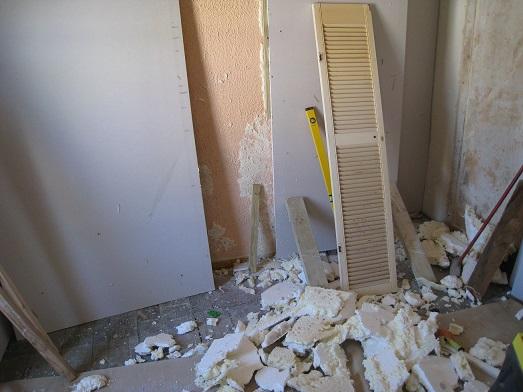- Joined
- 31 Aug 2013
- Messages
- 261
- Reaction score
- 1
- Country

This ****ed up majorly.
I spent yesterday boarding the chimney and alcove and this morning came to find all the foam behind had pushed the board from the wall.
First time this has happened to me as relying on the strength of the foam alone to fill a 30mm void behind, and it's totally failed me.
I don't think even conventional plasterboard adhesive would have done the job because of the void.
Wanted to avoid battening out the wall behind but looks like it's back to square one now.
Waste of about £50 materials and an entire days work down the toilet. All the polystrene has lifted from the board so two sheets scrapped


